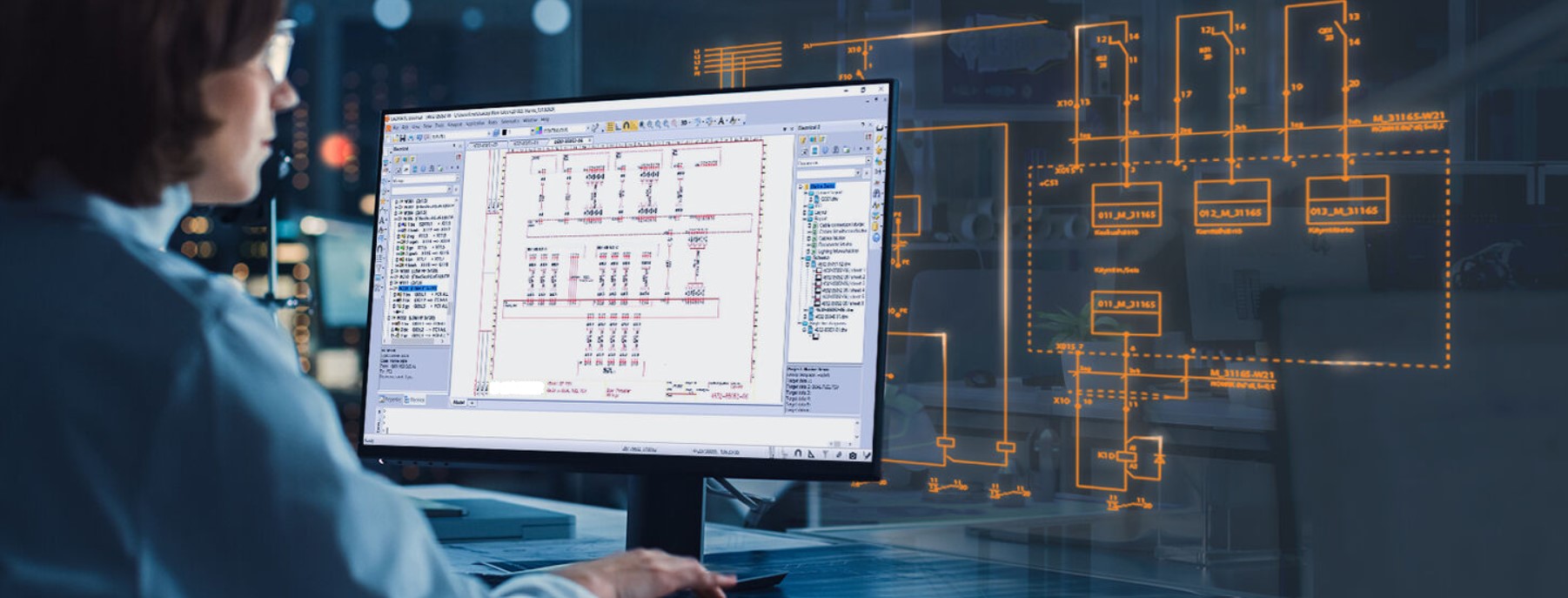Innovative Electrical Design Services for Modern Facilities
The development of modern facilities demands innovative electrical design services that not only boost operational performance however additionally address sustainability challenges. As urban settings expand progressively complex, integrating innovations such as smart grids and sustainable power resources comes to be extremely important. These innovations not only guarantee to enhance energy usage but additionally foster durability versus future needs. However, the landscape of electrical design is undergoing rapid change, prompting a closer examination of arising trends and their ramifications for long-lasting facilities stability. What might the future hold for those who accept these ingenious strategies?
Importance of Cutting-edge Electrical Design
Innovative electric design plays an important duty in modern-day facilities, affecting not only effectiveness but likewise sustainability. As cities progress and the need for power increases, the requirement for sophisticated electrical systems comes to be extremely important. These systems should not only meet existing needs however also prepare for future development and technical innovations.
A well-executed electrical design can dramatically lower power usage, thereby decreasing functional expenses and reducing ecological effect. By incorporating eco-friendly energy sources, such as photovoltaic panels and wind generators, cutting-edge layouts can boost energy freedom and strength. Clever grid technologies permit for real-time tracking and monitoring of energy distribution, optimizing performance and lowering waste.
Safety is an additional important aspect of electric design. Executing sophisticated technologies and extensive requirements can mitigate dangers connected with electrical failures, ensuring a safe setting for citizens and services alike. Additionally, cutting-edge designs assist in versatility, allowing facilities to integrate arising innovations effortlessly.
Trick Trends in Electrical Design
As the landscape of electric design continues to develop, numerous key patterns are shaping the future of the market. One significant fad is the integration of clever technology right into electrical systems. The spreading of the Net of Points (IoT) has actually enabled real-time tracking and control of electric gadgets, boosting efficiency and promoting predictive upkeep.
One more pattern is the expanding focus on modular design. This method enables for scalable and flexible remedies, enabling infrastructure to adapt to transforming demands without considerable renovations. In addition, making use of sophisticated simulation tools and Building Information Modeling (BIM) is becoming significantly common, enhancing the design procedure and boosting cooperation amongst stakeholders.
Additionally, developments in products scientific research are leading to the growth of lighter, much more resilient, and energy-efficient components. This advancement is especially crucial for high-performance buildings and facilities tasks.
Lastly, there is a significant change in the direction of data-driven decision-making - electrical engineering design services. Leveraging data analytics aids designers optimize systems for performance and cost-effectiveness. Together, these fads represent a transformative period in electric design, boosting performance, sustainability, and durability in contemporary infrastructure
Lasting Energy Solutions
Sustainable power services are significantly becoming a vital emphasis in electrical design, showing a wider commitment to ecological obligation and source performance. These remedies aim to minimize ecological impact while enhancing energy usage in various facilities, from domestic structures to big industrial centers.
One of the foremost strategies includes the assimilation of renewable energy sources, such as photovoltaic panels and wind generators, into electric systems. This not only minimizes dependence on nonrenewable fuel sources yet additionally improves power strength. Furthermore, cutting-edge energy storage systems, such as sophisticated batteries, allow reliable monitoring and distribution of power, making sure that excess power generated throughout peak production can be used throughout high need durations.
Furthermore, energy-efficient design practices are being taken on to improve overall system efficiency. This consists of making use of energy-efficient illumination, HVAC systems, and smart building technologies that adapt and keep an eye on power use based upon tenancy and ecological problems.
Smart Grid Technologies
The execution of sustainable power solutions normally brings about the exploration of wise grid innovations, which play a critical function in modernizing electric systems. Smart grids take advantage of advanced communication innovations and data analytics to boost the dependability, efficiency, and sustainability of power distribution. By integrating electronic modern technology with conventional grid framework, these systems assist in real-time tracking, automated control, and enhanced decision-making capacities.
One of the essential features of clever grids is their capability to accommodate eco-friendly Read More Here energy sources, such as solar and wind power. This flexibility not just minimizes reliance on fossil gas yet likewise permits an extra decentralized energy production model. Smart grids make it possible for need reaction programs, where consumers can adjust their energy use based on real-time rates, thereby advertising power conservation and decreasing peak tons needs.
In addition, wise grid innovations enhance grid strength by allowing quicker identification and resolution of interruptions, inevitably lessening downtime. With predictive maintenance and analytics, energies can optimize procedures and enhance service delivery. As areas and cities continue to advance, clever grid technologies are essential for building a efficient and sustainable electric framework that fulfills the demands of modern society.

Future-Proofing Framework
To guarantee long-term viability and adaptability, future-proofing infrastructure is crucial in the click to find out more swiftly developing landscape of electric design services. As technology developments and power needs shift, it is critical that electrical systems are designed with flexibility in mind. This involves integrating scalable solutions that can fit future upgrades without requiring considerable overhauls.

Additionally, sustainability must be a foundation of future-proofed layouts. Utilizing eco-friendly energy resources, such as solar and wind, and optimizing energy effectiveness lower dependence on nonrenewable fuel sources, lining up with international initiatives to deal with climate modification.
Verdict
By focusing on versatility, efficiency, and sustainability, these services deal with the developing demands of energy systems. The assimilation of wise grid innovations and sustainable power remedies boosts strength and lowers operational expenses.
A well-executed electrical design can significantly reduce power consumption, thereby lowering functional expenses and minimizing ecological influence. By integrating renewable power sources, such as solar panels and wind turbines, innovative layouts can improve energy independence and resilience. In addition, ingenious power storage space systems, such as innovative batteries, allow efficient administration and distribution of power, making certain that surplus power generated during optimal manufacturing can be used throughout high need periods.
Wise grids make it possible for need action programs, where consumers can adjust their power use based on real-time prices, thus advertising energy preservation and reducing peak tons demands. (residential electrical design)
As innovation advances and energy demands shift, it is critical that electric systems are see this website made with flexibility in mind.